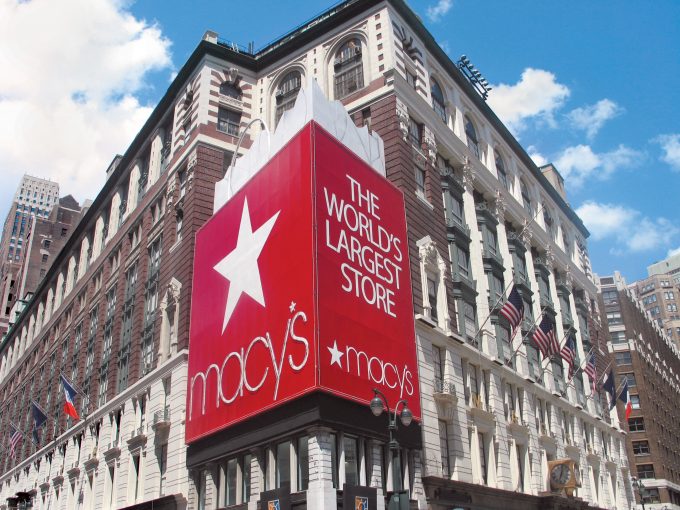Cabotage relief boosts transhipment in India, but boxes are empty, claim critics
India’s move to lift cabotage restrictions is benefiting the country’s ports and freight forwarders by ...

Retailers and emerging economies are driving growth in smart packaging, a sector that will double in value to $26.7bn by 2024, according to a report by Grand View Research.
However, while the technology has the potential to redefine the supply chain, companies must be prepared to ...
MSC switches two more Asia-Europe port calls from congested Antwerp
Canada and Mexico get cosy with trade plan to bypass US
Front-loading frenzy has made traditional H2 peak season 'unlikely'
Tradelanes: Export boom in Indian sub-continent triggers rise in airfreight rates
Carriers introduce surcharges as congestion builds at African ports
Mexican airport modernisation plan unlikely to boost cargo facilities
Ports and supply chain operators weigh in on funding for CPB
Tradelanes: Overcapacity on Asia-S America impacting alliances and rates

Comment on this article